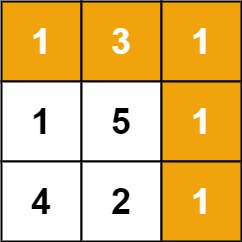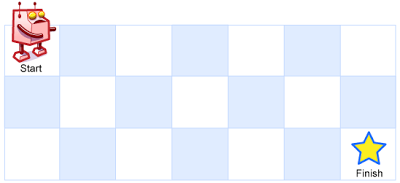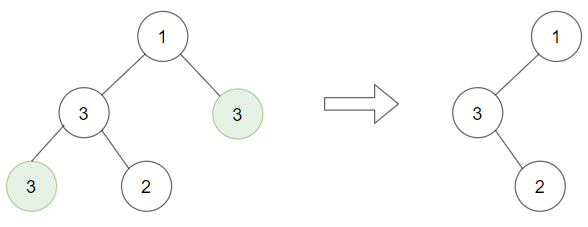Given an integer array nums, return the length of the longest strictly increasing subsequence.
A subsequence is a sequence that can be derived from an array by deleting some or no elements without changing the order of the remaining elements. For example, [3,6,2,7] is a subsequence of the array [0,3,1,6,2,2,7].
Example 1:
Input: nums = [10,9,2,5,3,7,101,18] Output: 4 Explanation: The longest increasing subsequence is [2,3,7,101], therefore the length is 4.
Example 2:
Input: nums = [0,1,0,3,2,3] Output: 4
Example 3:
Input: nums = [7,7,7,7,7,7,7] Output: 1
Constraints:
1 <= nums.length <= 2500-104 <= nums[i] <= 104
Idea:
dp[i] represents the length of the longest increasing subsequence of nums[0...i]
dp[0] = 1
dp[i] = max(dp[j]'s) + 1 if j < i when nums[i] > nums[j]
result: find the max of all dp[i]'sSolution:
/**
* @param {number[]} nums
* @return {number}
*/
var lengthOfLIS = function(nums) {
let dp = new Array(nums.length);
dp[0] = 1;
for (let i = 0; i < nums.length; i++) {
// local max
let max = 0;
for (let j = 0; j < i; j++) {
if (nums[i] > nums[j]) {
max = Math.max(dp[j], max);
}
}
dp[i] = max + 1;
}
// result: find the max of all dp[i]'s
return Math.max(...dp);
};




